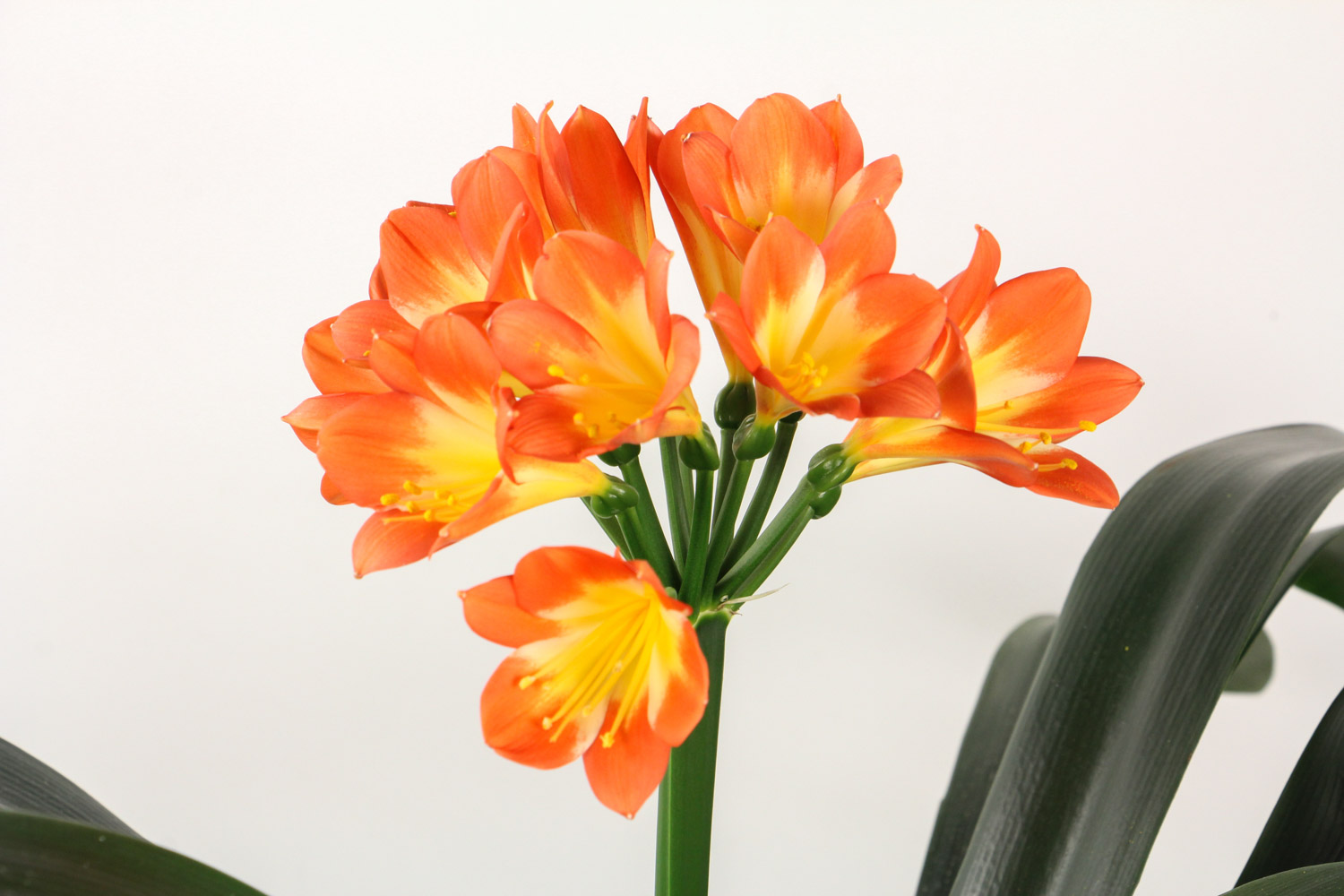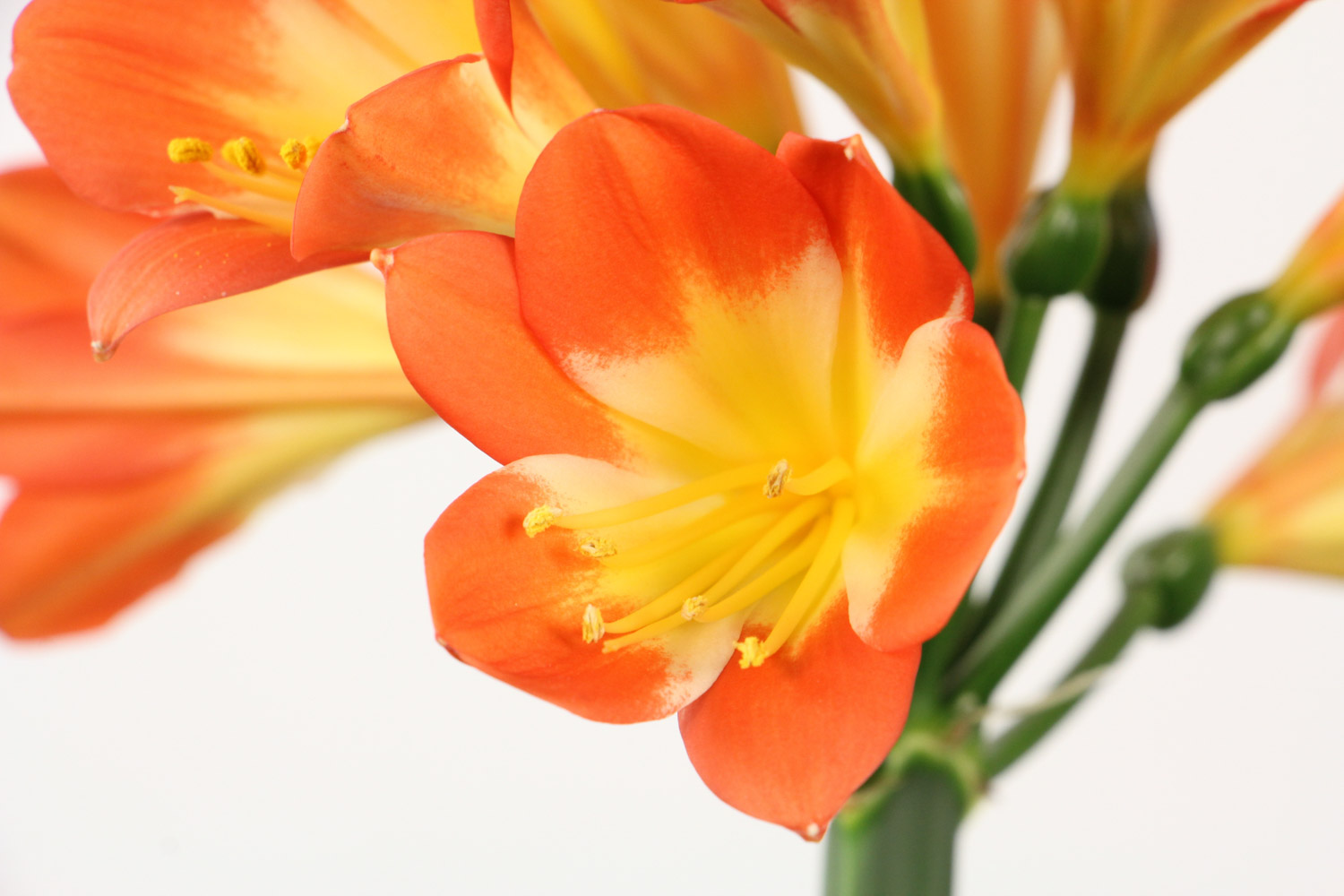1、 Main components
1. Humus soil: humus soil is a common nutrient soil. This soil contains a lot of humus, which can provide sufficient nutrients for the growth of Clivia. It is an ideal matrix choice. This kind of soil can be retted by itself, but the process is more troublesome. Collect fallen leaves and weeds in autumn and winter, add an appropriate amount of animal manure, mix it with the soil, compress it and cover it with mud. Turn the pile again after half a year, so that you will be rotten in the next year. You should screen it when you use it

2. Leaf rot soil: similar to humus soil, this kind of soil also has a large amount of nutrients, and has good permeability. It is relatively soft and has strong drainage capacity. It is very suitable to be used as the culture soil of Clivia. In addition, it is easy to obtain, generally on the forest surface. The broad-leaved saprophytic soil is mostly selected, and the coniferous saprophytic soil cannot be used alone, but can be matched
3. Peat soil: peat soil is a popular culture medium in recent years. It is not soil itself, but it plays a better role than soil. It is especially suitable for planting Clivia. It has a strong ability to retain water and fertilizer, as well as strong air permeability. In addition, it is rich in humic acid, which can promote wound healing and is very helpful for recovery after root pruning

4. Furnace ash: the residue left after coal burning. Its texture is very loose, so it has strong drainage and air permeability. In addition, it contains some trace elements, which can promote the growth of Clivia roots and make it grow stronger. Moreover, it is obtained by high-temperature processing, so it is basically sterile. It should be screened before use, and the large particles should be removed
5. River sand: river sand is also a common substrate for cultivating Clivia, which mainly increases the drainage in the soil. In addition, it can also inhibit the growth of molds and reduce the possibility of diseases caused by bacteria and fungi, which is very important for the healthy growth of plants

2、 Preparation method
The simpler formula is to mix rotten leaf soil and river sand in the ratio of 2:1, which can not only provide certain nutrients, but also have good drainage capacity. If you want to provide a better substrate, you can mix rotten leaf soil, pine needles, river sand and base fertilizer, and the ratio of the four is 5:3:1:1

 jackfruit
jackfruit snake plant
snake plant hibiscus
hibiscus hydrangea
hydrangea lavender
lavender Green roses climb al...
Green roses climb al... If you don't pay att...
If you don't pay att... Management of four g...
Management of four g...

































